Kedarnath is one of the most sacred destinations in India and an important part of the Chardham Yatra. It houses the Kedarnath temple which is believed to be built by the Pandava brothers. At Kedarnath Temple, you can pay homage…
Kedarnath Dham
- Location: Kedarnath, Uttarakhand, India
- Elevation: Situated at an altitude of approximately 3,583 meters (11,755 feet)
- Deity: Dedicated to Lord Shiva, one of the twelve Jyotirlingas in Hinduism
- Pilgrimage Route: Reached via a challenging trek or by helicopter (depending on weather conditions)
- Ancient Origin: Believed to be over a thousand years old, with mentions in Hindu scriptures
- Kedar Valley: Nestled in the scenic Kedar Valley amidst the Garhwal Himalayas
- Spiritual Significance: Part of the Char Dham Yatra, a sacred pilgrimage for Hindus
- Mandakini River: Located near the confluence of the Mandakini River and Saraswati River
- Panch Kedar: One of the five Kedar temples in the Himalayas
- Winter Closure: Due to heavy snowfall, the temple is closed during the winter months and reopens in the spring
- Austerities of Lord Shiva: According to mythology, Lord Shiva sought refuge here to meditate and atone for his sins.
- Timings:4 am – 9 pm
- Entry Fee: No entry fee
- Time Required: 1-3 hours
Kedarnath Dham, nestled in the majestic Garhwal Himalayas, is one of the holiest and most revered pilgrimage sites in Hinduism. Situated in the Rudraprayag district of Uttarakhand, India, this sacred destination is dedicated to Lord Shiva. The temple at Kedarnath is believed to be one of the twelve Jyotirlingas, manifestations of Lord Shiva, making it a significant spiritual center for devotees.
The journey to Kedarnath is not just a physical trek but a spiritual odyssey, with devotees traversing challenging terrain to seek the blessings of Lord Shiva. The temple stands at an altitude of 3,583 meters (11,755 feet), surrounded by breathtaking snow-capped peaks and pristine landscapes. The Kedarnath shrine is open to devotees only for a limited period each year, owing to the extreme weather conditions in the region.
Legend has it that Kedarnath is the place where Lord Shiva withdrew himself from the Pandavas during the Mahabharata, assuming the form of a bull. The temple architecture reflects the traditional Himalayan style, with a conical shikhara or spire, and it is built of massive stone slabs over a rectangular base.
Apart from its religious significance, Kedarnath Dham also serves as a base for trekking and exploration of the Garhwal region, allowing visitors to experience the awe-inspiring beauty of the Himalayas. The pilgrimage to Kedarnath is not just a physical journey but a transformative spiritual experience, drawing devotees from all corners of the country and beyond to seek solace and divine blessings in this sacred abode of Lord Shiva.
Kedarnath Temple: Rituals, Timings, and Puja Rates
Kedarnath Temple is located in beautiful Himalayas and is one of the 12 Jyotirlinga temple in India dedicated to Lord Shiva. Visitors from different parts of India and abroad come here with faith and devotion. The temple follows a daily…
Kedarnath Temple
Kedarnath Temple, nestled in the majestic Himalayas of Uttarakhand, India, is one of the holiest Hindu shrines dedicated to Lord Shiva. This ancient temple holds immense significance not only for its religious importance but also for its remarkable architectural beauty.…
BEST Places to Visit in Kedarnath
Kedarnath, a revered destination, boasts numerous sightseeing spots steeped in mythological significance, primarily from the epic Mahabharata. These majestic locales allure pilgrims and tourists alike, beckoning them to explore the sacred town of Kedarnath. Below are some of the must-visit…
How to Reach Kedarnath
Kedarnath, nestled in the majestic Himalayas, is one of the holiest Hindu pilgrimage sites, revered for its ancient Kedarnath Temple dedicated to Lord Shiva. Accessing this remote destination involves careful planning and consideration of various transportation options. In this comprehensive…
Kedarnath Yatra Registration for 2025
The Char Dham Yatra, which includes Kedarnath, Badrinath, Gangotri, and Yamunotri, captivates pilgrims yearning to reach their center of peace. A visit to Kedarnath Dham needs accurate planning, and this starts with the registration for Yatra, obligatory for all. Located…
Kedarnath Yatra Travel Tips: Your Comprehensive Guide to a Soul-Stirring Journey
Embarking on the Kedarnath Yatra is more than just a pilgrimage; it’s a spiritual odyssey that resonates with millions of devotees. Nestled amidst the towering peaks of the Himalayas, Kedarnath beckons seekers to find solace, seek blessings, and immerse themselves…
Kedarnath Trek Guide: Exploring the Serene Beauty of the Himalayas
Are you an adventure enthusiast seeking a thrilling journey amidst the towering peaks of the Himalayas? Look no further than the Kedarnath Trek, an expedition that offers breathtaking landscapes, spiritual encounters, and a taste of nature’s grandeur. In this comprehensive…
History of Kedarnath Dham
The sacred Pilgrimage of Kedarnath is located in the Rudraprayag district of Uttarakhand amidst the majestic Himalayan Mountains. Thousands of tourists every year undertake a difficult journey to Kedarnath to rejuvenate their senses and attain spiritual bliss. The temple lies…
Kedarnath Yatra Route Map
Are you ready for a journey that combines spirituality, breathtaking landscapes, and a sense of adventure? The Kedarnath Yatra route map offers an unparalleled experience for pilgrims and travelers alike. In this article, we’ll delve into the intricate details of…

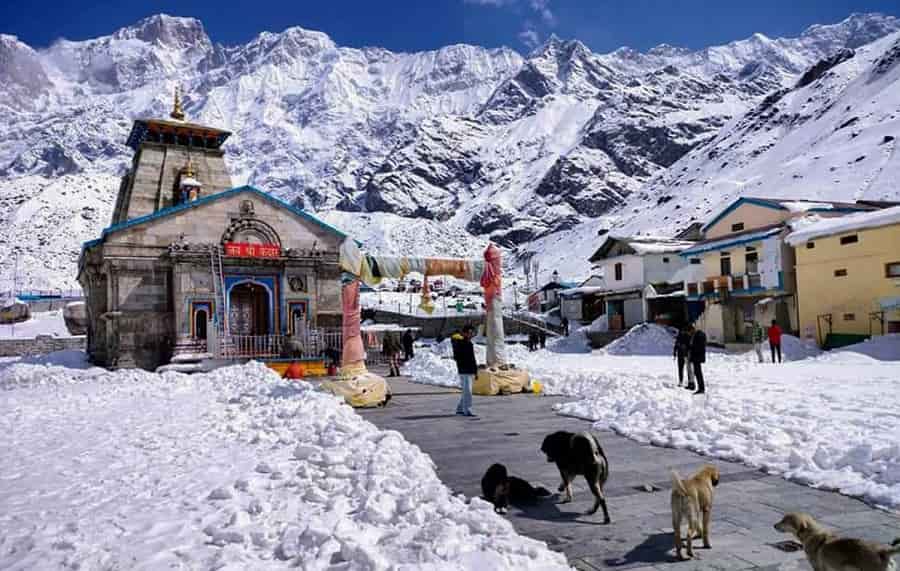
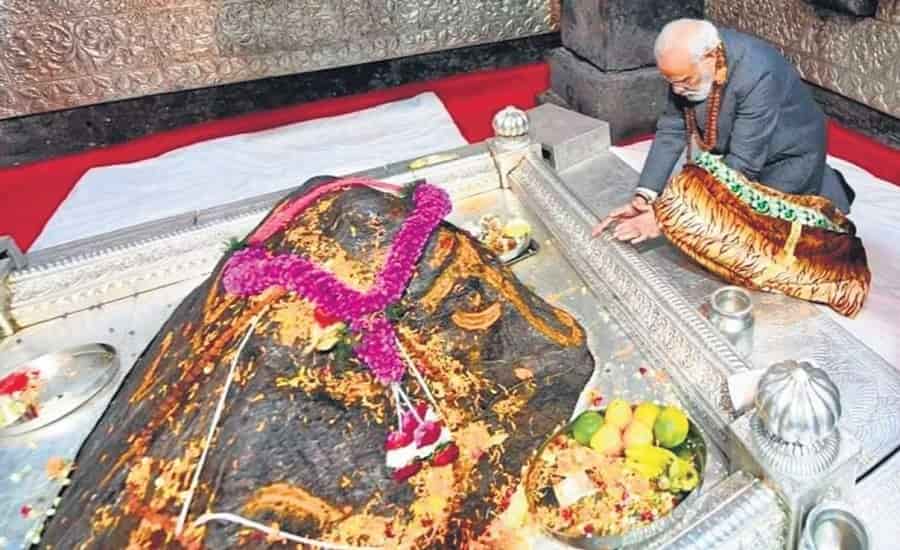
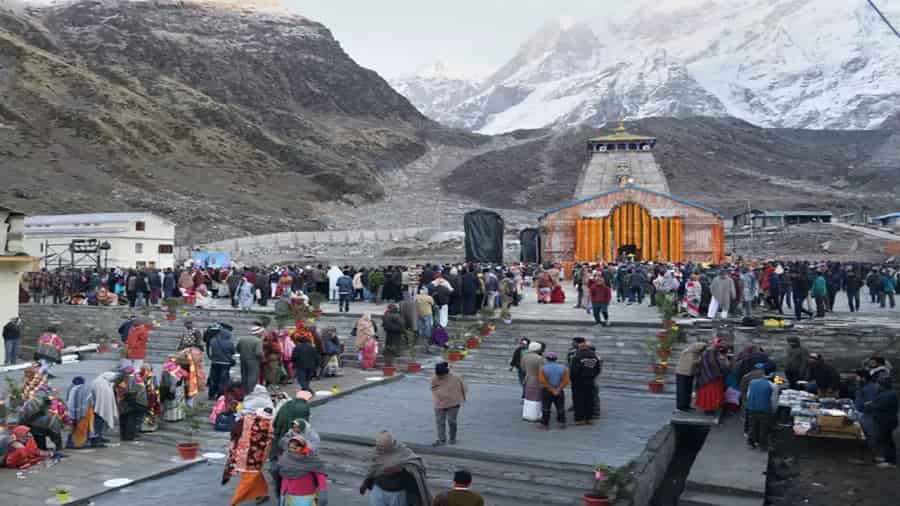



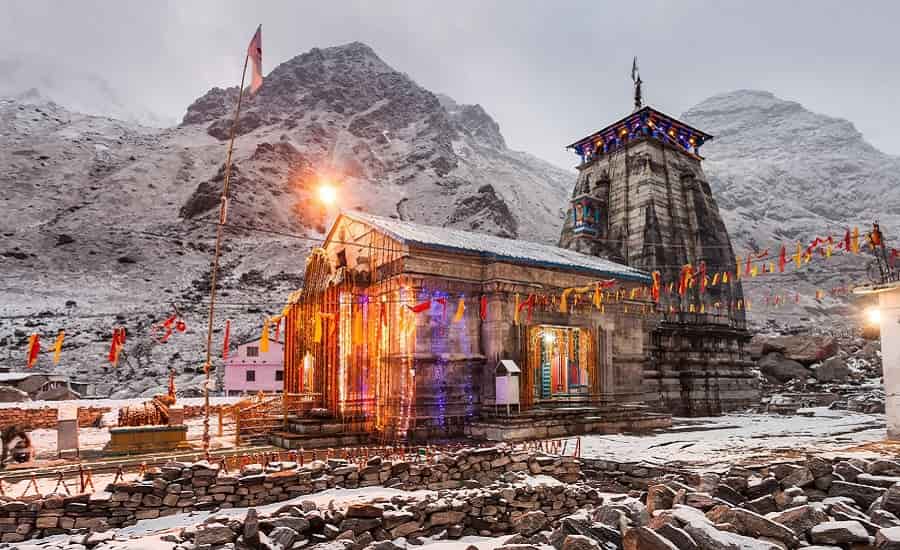
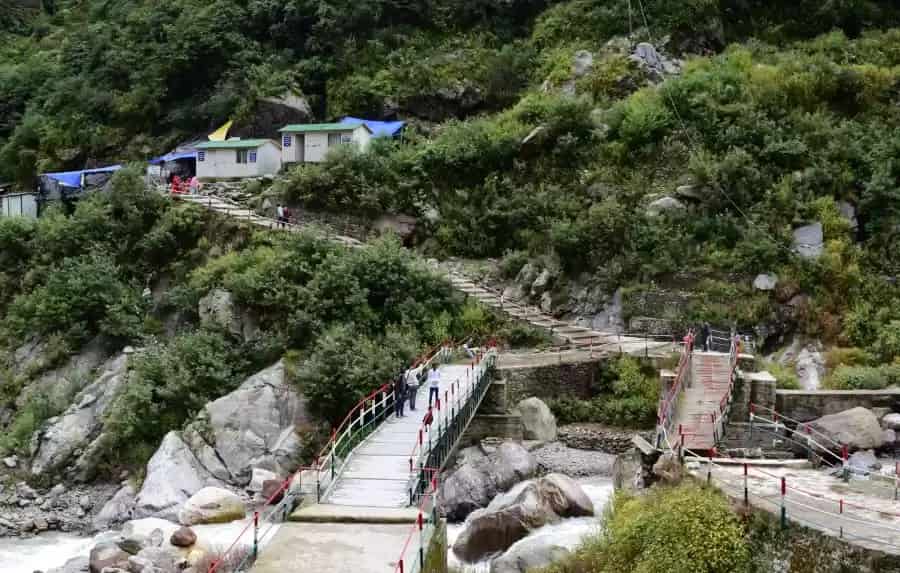
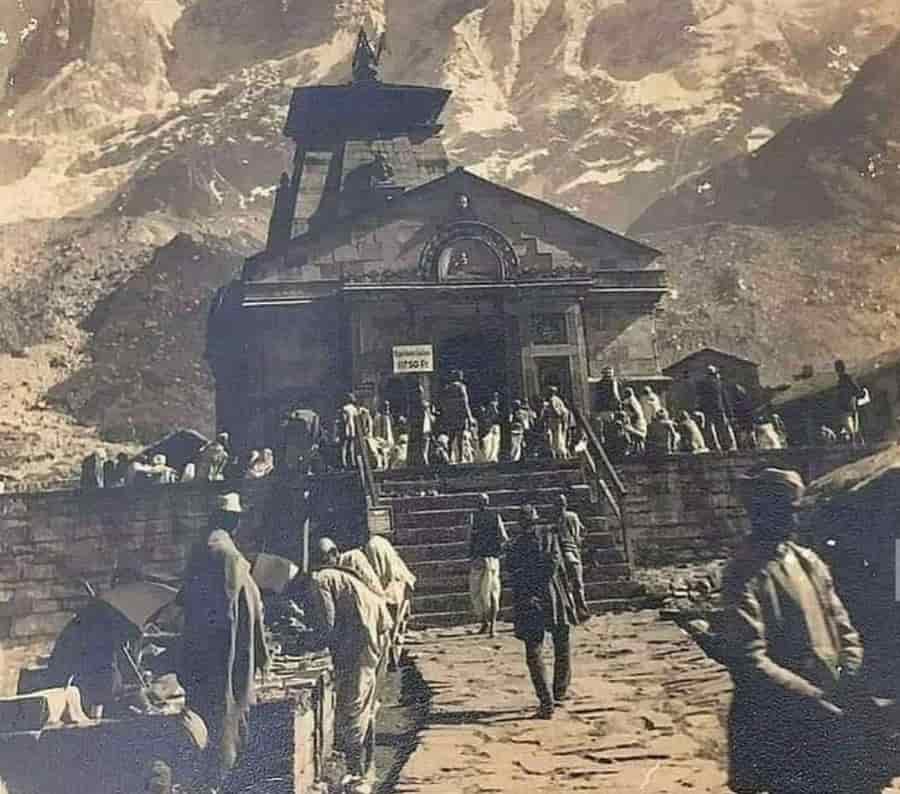

 Call
Call WhatsApp
WhatsApp Enquiry
Enquiry